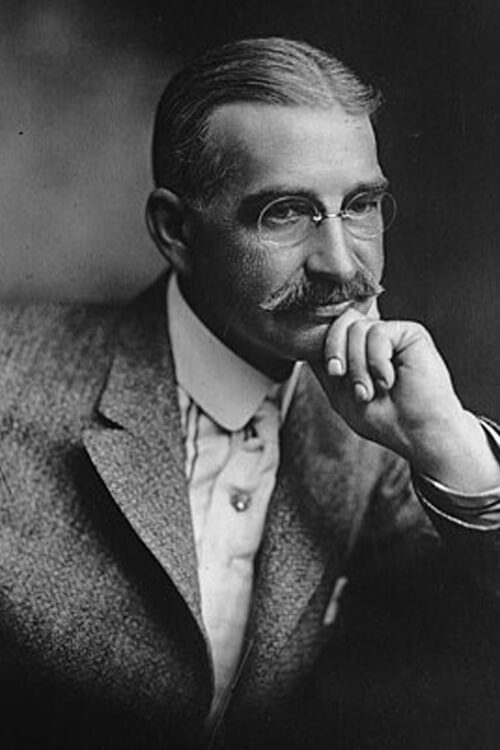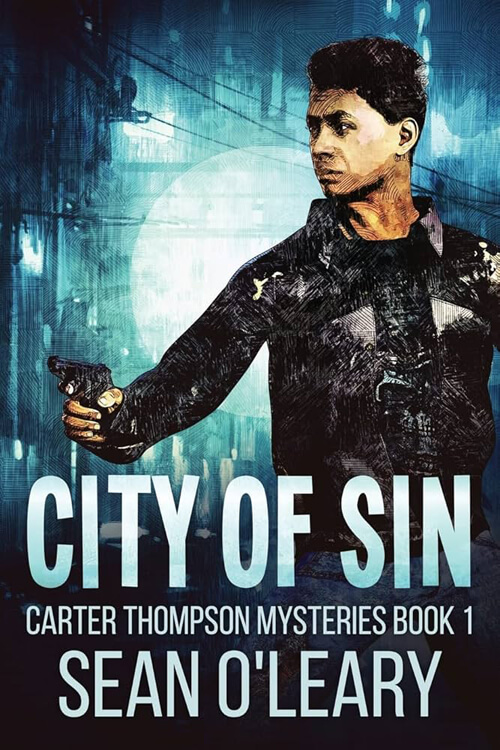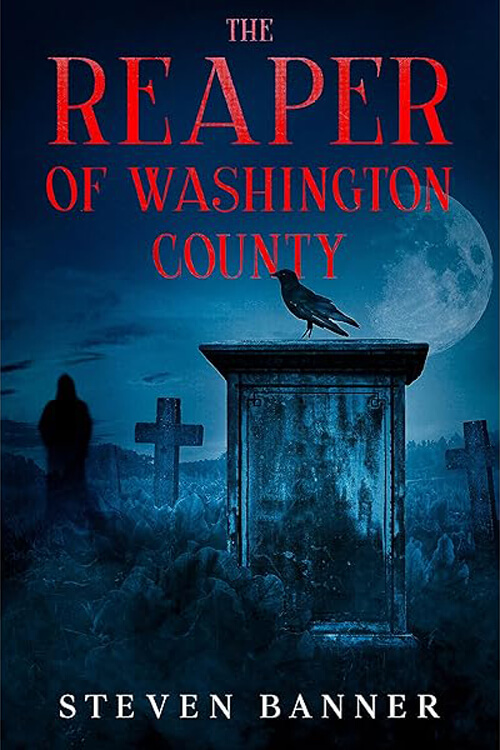
Lyman Frank Baum
Lyman Frank Baum (May 15, 1856 – May 6, 1919) was an American author best known for his children’s fantasy books, particularly The Wonderful Wizard of Oz, part of a series.
Biography.
In addition to the 14 Oz books, Baum penned 41 other novels (not including four lost, unpublished novels), 83 short stories, over 200 poems, and at least 42 scripts. He made numerous attempts to bring his works to the stage and screen; the 1939 adaptation of the first Oz book became a landmark of 20th-century cinema.
Born and raised in upstate New York, Baum moved west after an unsuccessful stint as a theater producer and playwright. He and his wife opened a store in South Dakota, where he edited and published a newspaper. They then moved to Chicago, where he worked as a newspaper reporter and published children’s literature, coming out with the first Oz book in 1900. While continuing his writing, among his final projects, he sought to establish a film studio focused on children’s films in Los Angeles, California.
His works anticipated such later commonplaces as television, augmented reality, laptop computers (The Master Key), wireless telephones (Tik-Tok of Oz), women in high-risk and action-heavy occupations (Mary Louise in the Country), and the ubiquity of clothes advertising (Aunt Jane’s Nieces at Work).
Later life and work
With the success of Wizard on page and stage, Baum and Denslow hoped for further success and published Dot and Tot of Merryland in 1901. The book was one of Baum’s weakest, and its failure further strained his faltering relationship with Denslow. It was their last collaboration. Baum worked primarily with John R. Neill on his fantasy work beginning in 1904, but Baum met Neill a few times (all before he moved to California) and often found Neill’s art not humorous enough for his liking. He was exceptionally offended when Neill published The Oz Toy Book: Cut-outs for the Kiddies without authorization.
Baum reportedly designed the chandeliers in the Crown Room of the Hotel del Coronado; however, that attribution has yet to be corroborated. Several times during the development of the Oz series, Baum declared that he had written his last Oz book and devoted himself to other works of fantasy fiction based in other magical lands, including The Life and Adventures of Santa Claus and Queen Zixi of Ix. However, he returned to the series each time, persuaded by popular demand, letters from children, and the failure of his new books. Even so, his other works remained very popular after his death, with The Master Key appearing on St. Nicholas Magazine’s survey of readers’ favorite books well into the 1920s.
In 1905, Baum declared plans for an Oz amusement park. In an interview, he mentioned buying “Pedloe Island” off the coast of California to turn it into an Oz park. However, there is no evidence that he purchased such an island, and no one has ever been able to find any island whose name even resembles Pedloe in that area. Nevertheless, Baum told the press that he had discovered a Pedloe Island off the coast of California and purchased it to be “the Marvelous Land of Oz,” intending it to be “a fairy paradise for children.” Eleven-year-old Dorothy Talbot of San Francisco was reported to be ascendant to the throne on March 1, 1906, when the Palace of Oz was expected to be completed. Baum planned to live on the island, with administrative duties handled by the princess and her all-child advisers. Plans included statues of the Scarecrow, Tin Woodman, Jack Pumpkinhead, and H.M. Woggle-Bug. T.E. Baum abandoned his Oz Park project after the failure of The Woggle-Bug, which was playing at the Garrick Theatre in 1905.
His works anticipated such later commonplaces as television, augmented reality, laptop computers (The Master Key), wireless telephones (Tik-Tok of Oz), women in high-risk and action-heavy occupations (Mary Louise in the Country), and the ubiquity of clothes advertising (Aunt Jane’s Nieces at Work).





